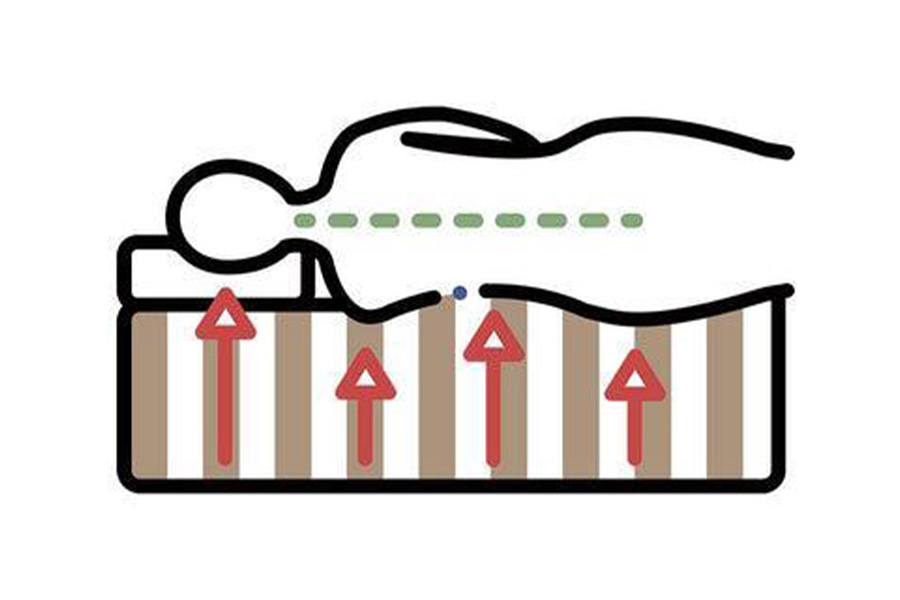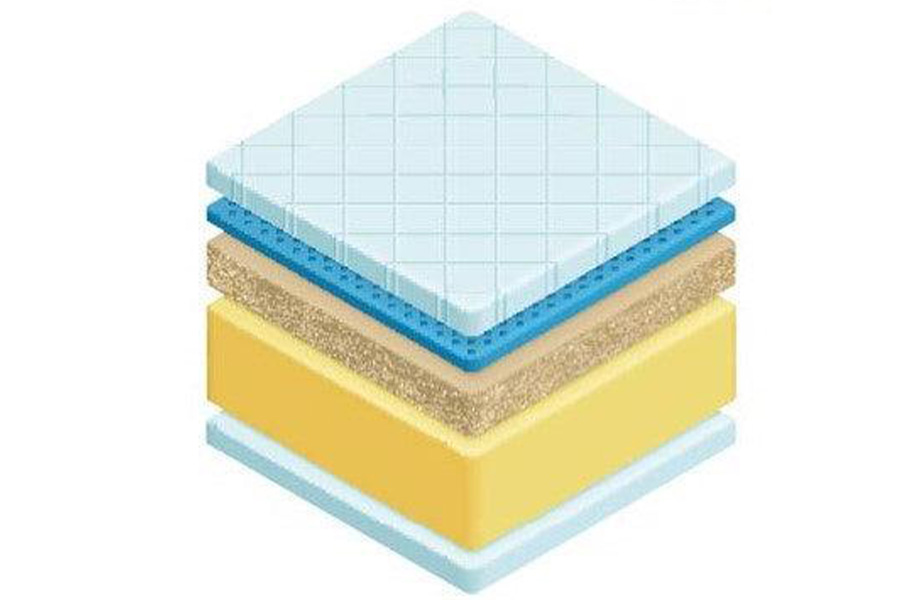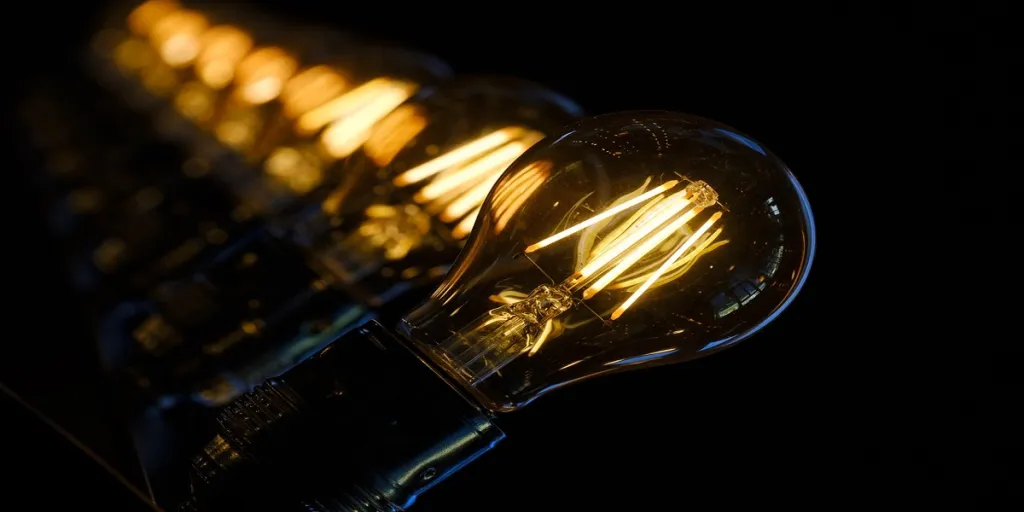Memory foam mattresses are rapidly making their way to more and more homes worldwide. A 2022 study reported that the global market for memory foam mattresses is expected to grow from 4280.3 million USD in 2020, to 8455.9 Million USD by 2026.
That means the market for these mattresses is expected to grow almost double in size within the span of six years. It’s also showing no signs of stopping any time soon.
With all this hype around it, are memory foam mattresses worth it? That is largely up to you to decide. But before you spend thousands of dollars on a brand new mattress, read through this article to determine whether memory foam is right for you.
What is memory foam?
Viscoelastic foam, more commonly known as memory foam, was first developed in 1966 by NASA scientists specifically for spaceship seats and seatbelts. It was developed to cushion the impact upon take-off, travel, and landing, which all took a toll on an astronaut’s body.
The project was considered a success and quickly found its way towards helmets and shoes, and even in medical settings. For example, memory foam began to see use in prosthetics and the seating pads of wheelchairs to prevent pressure ulcers for disabled and older people.
After seeing the many benefits of memory foam, mattress manufacturers began to take an interest in bringing it to the masses. In 1992, memory foam was first sold commercially by a company named Tempur-Pedic.
The first memory foam products launched were a 3-inch mattress topper and a neck pillow. Though the company sold only 70 mattress toppers in its first year, memory foam proved to be a successful endeavor in hindsight as companies continue to work on innovating the technology to this day.
What does “Viscoelastic” mean and what is memory foam made of?
Viscoelastic is another term for memory foam that is a combination of two words: viscosity and elasticity.
Viscosity means that the material reacts slowly when pressure is applied, much like honey or peanut butter. On the other hand, material that is elastic can stretch and change shape, but always returns to its original shape.
Memory foam is essentially a mixture of polyurethane, a common plastic polymer that is widely used, and different chemicals. Each manufacturer produces its memory foam by using its own chemical formulas and processes, which all affect the feel and quality of each individual memory foam product. This gives you a broad selection of memory foam mattresses to choose from.
How do memory foam mattresses work?
Memory foam mattresses are designed to slowly mold to the shape of your body when you lay on top of it. This allows your body weight to become evenly distributed without creating extra pressure on specific pressure points of the body, such as hips and shoulders for side sleepers. They are also designed to return to their original shape once you get up.
A memory foam mattress will react differently depending on how you apply pressure to it. After using your mattress for a long time, it will at some point “remember you” and not go back to its original shape as far. You will also notice that after sleeping on your mattress for some time, it will feel softer because it has adjusted to your ideal sleep position.

Memory foam can be ideal for all sleep positions. For instance, if you lay on your side, the foam beneath your shoulders and hips sinks in more, keeping your body perfectly aligned. This will greatly reduce back pains or neck pains that are commonly associated with more traditionally firm mattresses.
Different types of memory foam mattresses
As mentioned above, each manufacturer uses its own formula to produce memory foam. However, memory foam can generally be classified into three categories: traditional, open-cell, and gel-infused. Each type has its own set of advantages and disadvantages.
Traditional memory foam
Traditional memory foam is the first type of memory foam invented. While it does a great job of adjusting to your body as expected, its main disadvantage is that it retains body heat, sometimes to uncomfortable levels. This may cause you to wake up in the middle of the night due to excessive body heat.
Upon realizing that this was a common major flaw among memory foam mattresses, manufacturers decided to innovate on the technology. This led to the following types of memory foam.
Open-cell memory foam
Open-cell memory foam is made with the same ingredients as traditional memory foam, but is built with a different design. As the name suggests, the interior of open-cell memory foam has tiny holes in it (also called “open cells”) to allow for airflow. These small airways provide a cooler and more comfortable sleeping experience.
The first iterations of these mattresses were far less dense, but manufacturers have since improved the design to provide more density for better support while still retaining the cooling effect.
Gel-infused memory foam
This gel-infused memory foam is basically a traditional memory foam filled with gel or gel microbeads. This type of mattress generally comes with either one of the two types of gels:
- Heat absorbing gel: Creates a cool surface and prevents excessive heat.
- Phase-changing material: Allows your body to remain at the same temperature by releasing or absorbing heat.
Some memory foam mattresses only fit one of these three categories, but many modern products incorporate different characteristics of all three categories into their product. Some manufacturers even incorporate unusual materials such as copper, lavender, or bamboo into their mattresses to improve the feel or enhance the cooling effect.
How are they made?

Memory foam mattresses are generally made of the following three layers:
- Comfort layer: This is the top layer of the mattress. Depending on the materials used and how it’s made, this layer is mostly what makes the mattress unique in terms of feel and function. That includes how much cushioning, pressure relief, motion isolation, and cooling it provides.
- Transition layer: This consists of one or more layers that reside between the comfort layer and the core. Transition layers are slightly firmer than the comfort layer, but softer than the core.
- Core: This is the base of a memory foam mattress and is also the largest layer. This layer determines how much stability and support the mattress provides.
In a hybrid mattress, the core is not made of memory foam, but of the same core as an innerspring mattress. This way, hybrid mattresses can provide the stability of an innerspring mattress and the comfort of a memory foam mattress at the same time. Read here about innerspring mattresses.
When you are in the store looking for a new memory foam mattress, always check its density. The higher the density, the firmer the mattress. If the mattress is too soft or too firm for you, you will miss out on the benefits of memory foam as your spine is not properly aligned in a neutral position when you are laying down.
What are the advantages and disadvantages of a memory foam mattress?
| AdvantagesContouringNot only will it prevent back pain, but you will also love the feeling of sinking into your mattress after a long day.MemoryOver time, the mattress “remembers” your preferred sleeping position, which makes sleeping on the mattress significantly more comfortable. No springsWhen the padding of an innerspring mattress is worn down, certain parts of the body such as the hips and shoulders can bear unwanted pressure while you’re asleep. A memory foam mattress has no springs, which allows you to sleep without inflicting pain or discomfort on those pressure points. No springs also means no squeaking when you move. Therefore, you do not need to worry about waking or getting woken up by your partner in the middle of the night.HypoallergenicDue to its dense structure, memory foam mattresses do not allow dust, mold, mites, or other allergens to settle. Simply wiping the mattress down regularly is enough to keep it free from allergens. As such, memory foam is highly recommended for people with allergies.Motion isolationBecause memory foam absorbs pressure and does not bounce like latex or spring mattresses, you will not feel your partner’s movements throughout the night, even if they fidget constantly. This is especially helpful for light sleepers.Cooling effectWhile traditional memory foam is known to retain heat, there are many memory foam mattresses purposefully engineered to keep you cool and comfortable throughout the night. | DisadvantagesWeightHigh-density memory foam tends to be heavy and is difficult to move. However, this will not be a problem if you rarely have to move your bed or mattress.Excessive heatCertain types and brands of memory foam mattresses retain your body heat. This can lead to uncomfortable situations in warm climates where the weather is already humid. It is recommended that you make sure the type of mattress you want to buy is suitable for your bedroom’s usual temperature.Moisture sensitiveLiquids can damage the mattress (or mattress topper) and reduce the lifespan of your mattress. It is recommended that you get a mattress protector to prevent this problem.Slow responseBecause the mattress molds itself around your body, it takes time for the mattress to adapt every time you change positions. This may make you feel “trapped” or unable to move once you are laying in one position.Off-gassing requiredIn most cases, new mattresses will have a certain chemical odor that is caused by the lack of airflow inside the package. However, the smell will naturally come off within one to two weeks after you open the package. This process is called “off-gassing.”PriceMemory foam mattresses can be expensive. But you have to take note that in most cases, the price is directly correlated with the quality of the mattress. A wide range of memory foam mattresses are available on the market today, with mattresses provided at different price ranges. |

Finding the perfect mattress may seem like a daunting task, but it’s not rocket science. You can find many resources online that will help you choose a mattress based on your personal needs and sleeping habits.
But when in doubt, remember that memory foam mattresses are suitable for all sleeping positions, which makes it your safest bet. Check out SweetNight’s collection of memory foam mattresses right here.Also, buying a new mattress does not have to be final. Many companies will let you try out their mattress for a certain period of time. Then, if you decide that you absolutely can’t live with the product, they will let you send it back to them free of charge.
If you don’t need to buy a new mattress though, you can always buy a mattress topper instead. Buying a mattress topper can enhance the life of your current mattress at a fraction of buying a new one.
Source from sweetnight.com




